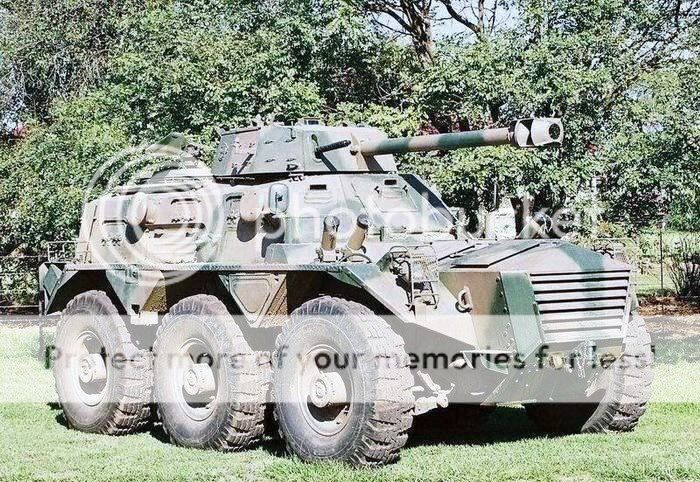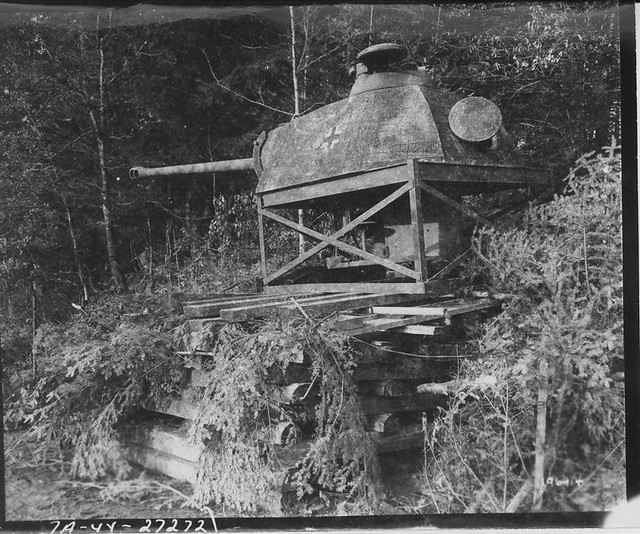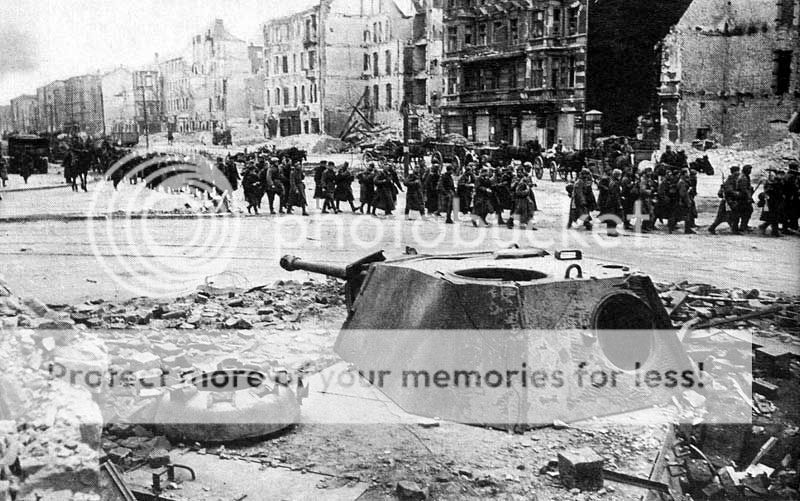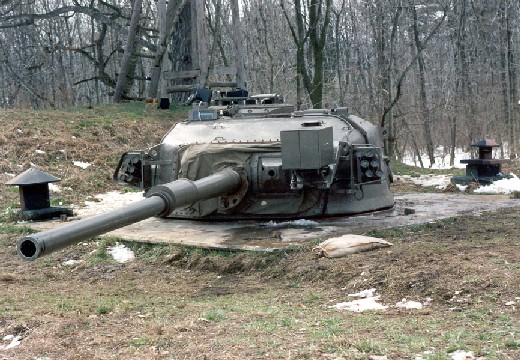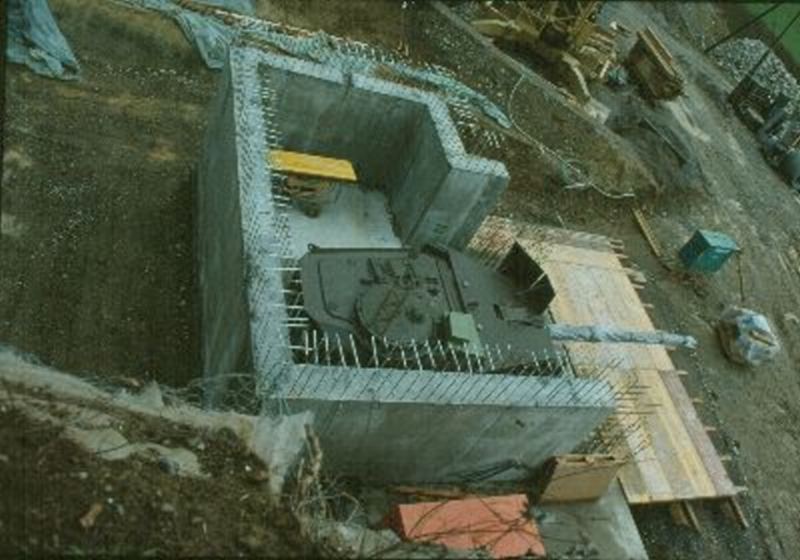2A46M gun with T-80-style autoloader and gunner's instruments
125mm mainguns (D-81T and D-81TM; artillery department indices 2A26 and 2A46 respectively) equip all Soviet and Russian tanks starting with T-64A MBT. They were developed by the Spetstekhnika (OKB-9) design bureau in Ekaterinburg (former Sverdlovsk), and are manufactured at the artillery plants Plant No.9 in Ekaterinburg and Motovilikha in Perm.
One of the drawbacks of this gun is that a high strain on internal surfaces during firing, as well as sheer size of it demands strict manufacturing discipline which initially caused difficulties for the Soviet industry. This resulted in unsatisfatory fire consistency of original models due to all kinds of manufacturing defects, including substandard materials, poor machining, barrel drooping, and so on. It is worth noting, however, that this problem has received due attention during the upgrading efforts (2A46 mainguns), culminating in the purchase of the Western machining equipment for 2A46M/M-1. Improved manufacturing process and better stabilization and recoil equipment provided for increase in accuracy especially on the move and at medium to long ranges.
The average barrel life of production 2A26 guns, according to USSR standards, is 600 EFC. The barrel life of 2A46M guns is twice that (1200 EFC); this modernization also provided for a quick gun barrel replacement in field conditions.
Starting with T-64B, the gun has also been modified to allow it to be used as a launcher tube for ATGMs.
This main gun was developed from the early 60s and first introduced on a T-64A MBT, with the installation series of 20 vehicles delivered in 1967. The main reason for its introduction were the intelligence reports about a new British Chieftain MBT which couldn't be defeated frontally by 115mm D-68 gun originally installed on T-64.
With the upgoing gun and ammo design efforts this gun managed to stay quite abreast with the armor developments in the West until the introduction of M1A1HA model of the Abrams MBT, the reliable counter to which did not materialize due to a tremendous economic and political upheaval associated with the collapse of the USSR.
Currently the ammunition for 2A46M gun still corresponds to the level of threat that existed 15 years ago, and there are certain technical hurdles, primarily the autoloader dimensions, that prevent simple solutions to the problem.
Solutions do exist. These include a complex of deep modernization measures utilising an increased-power 125mm 2A82 gun, new ammunition with 740mm battle parts, and redesigned autoloader to accomodate those. There is also the project of radical increase in main gun caliber to 152mm (2A83?). Given the current geopolitical climate and Russian defence spending priorities, any efforts in this direction are unlikely to materialize in nearest years.
In the middle of the 90s the 125mm caliber gun 2A75 has been developed for a new light airborne tank 2S25 Sprut-SD. Designed to fire all types of 125mm ounds from a much lighter platform, this gun differs from D-81 line of guns in several important respects, including the more than doubled recoil length.
An interesting more recent development of high-caliber Russian mainguns are two 120mm guns M-393 and M-395, designed to fire NATO ammunition. These guns, intended for export only, are offered as an upgrade option for T-62 and T-72 tanks respectively.
http://www.russianarmor.info/Tanks/ARM/2a46.html
















